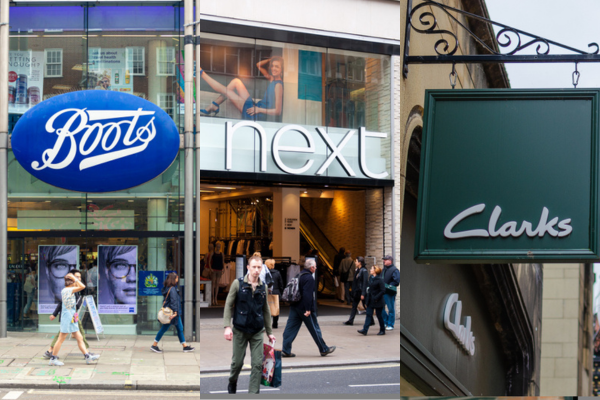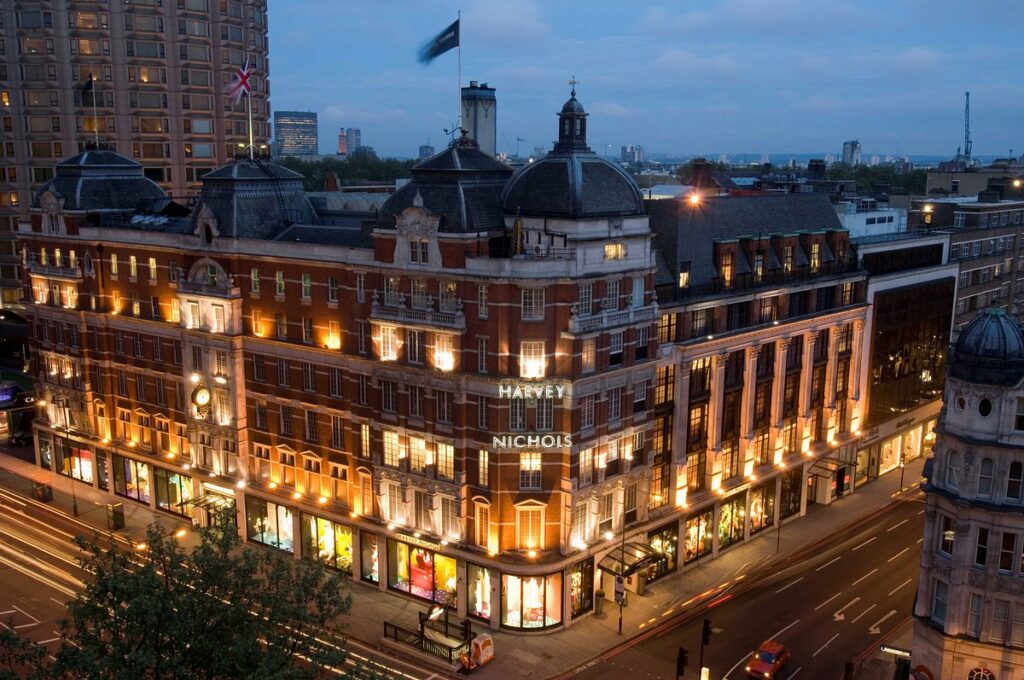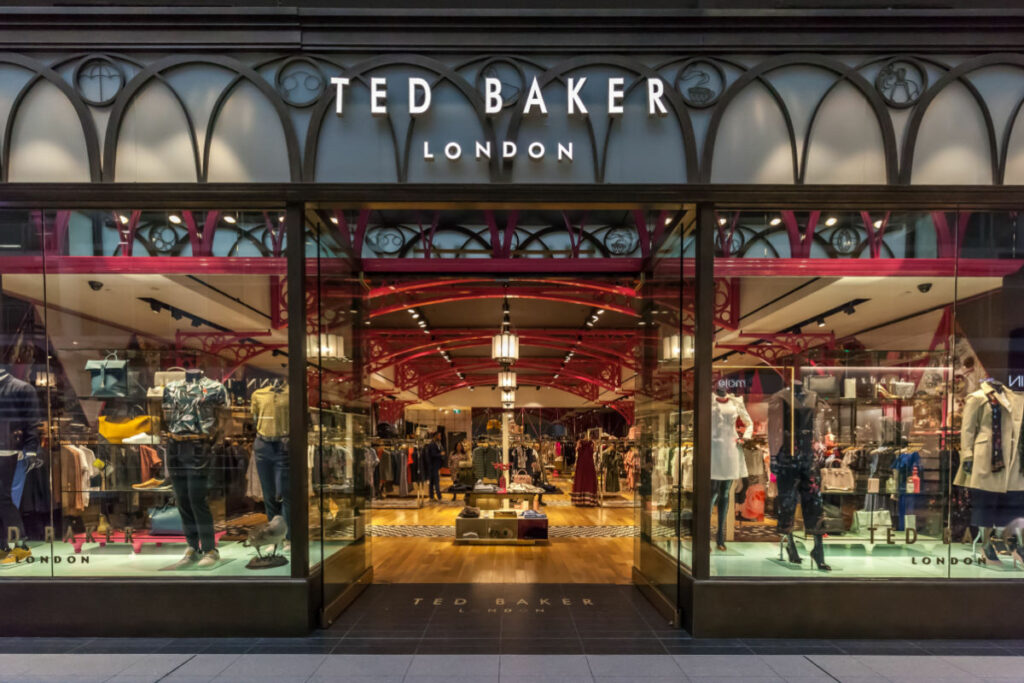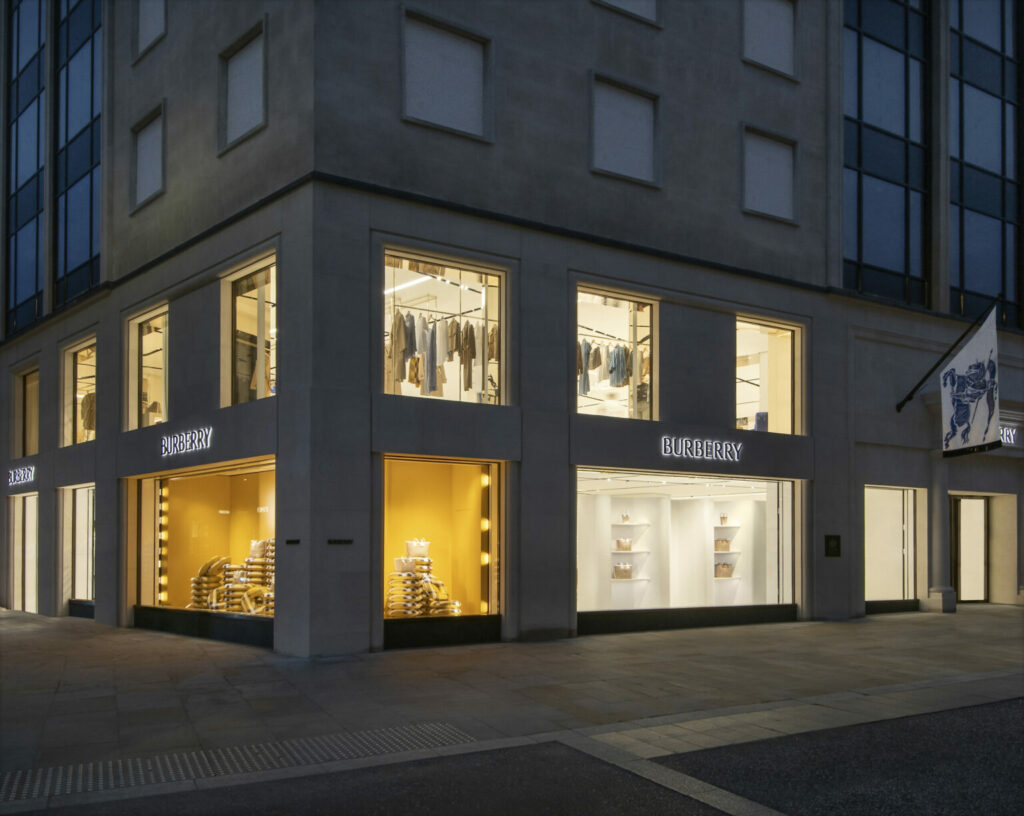With the end to the cost-of-living crisis nowhere in sight, the consumer is becoming ever-more cost-conscious, sustainably-aware and tech-savvy.
Retail giants like Boots, Clarks, M&S and Next are paying close attention to the shifting landscape and altering what they do to stay relevant for the fast-changing shopper.
“We have to be in the right place for our customer – whether it’s physical bricks and mortar, online, Instagram, metaverse – we have to be where our customer wants us to be,” says Clarks chief information officer Simon Clarke at Retail Gazette’s Future Consumer Debate last month.
The metaverse is high on Clarks’ agenda. The footwear retailer became one of the first high street brands to make its metaverse debut when it launched on Roblox last year.
One year on and the footwear retailer teamed up with Empire Music to hold a concert with afrobeats artist Fireboy DML.
Clarke says the metaverse has been “hugely successful for us as a brand”, noting that the number of active players topped nine million last month.

It has helped to introduce the retailer to new customers and improve the brand experience, he says.
“We want to bring the brand along and keep it relevant,” Clarke explains, adding that most people were first introduced to the footwear brand when they were getting new school shoes.
However, despite embracing the metaverse, the retailer is not yet trading through the platform.
While Clarke is a great believer in the metaverse, Christine Kitching – a senior executive at Marquee Brands – says the group’s debut was ‘interesting’.
“We had incredible press, and the goal was to extend our campaign to a more global customer base but [the metaverse] investment in itself is questionable.”
“Maeve, Albi and our teams invested a lot of time into this project and the collection we launched during our Metaverse Fashion show in LA was a success, but the actual Metaverse experience and AI concept is questionable, and I look forward to seeing how others capture this fad,” she says.
Similarly, senior vice president at THG Ingenuity Herculano Rodrigues says the retail group has “tested and played around with the metaverse” but unlike Clarks, it’s not a key part of the strategy.
“Do we see [the metaverse] as a very important channel for our growth? Probably not.”
“In terms of priorities and where we want to invest more, the metaverse is a little bit further down at the moment.”

Getting closer to the customer
Another way retailers, such as Boots, Next and THG, are getting closer to its customers is through the use of data.
“It helps us inform many things, the first thing is establishing and identifying customers who have a propensity to buy beauty,” says Next Beauty chief executive Amanda Scott commenting on the retailer’s partnership with Google, which shares consumer data with the retailer.
“We can identify them and serve them personalised content on site, which is a big opportunity being a young part of the Next business.”
Similarly, Boots director of consumer marketing Hollie McClellan says it collects data around product purchasing lifecycles, which has helped it to improve its onsite product recommendations.
THG has taken a similar approach, creating profiles for users based on their habits to create targeted campaigns.
“We obsess on data all the time,” says Rodrigues. “The detail is where we are going to make profit so we have to focus continuously on it.”
“It’s about taking that data, understanding what is that persona, and the real golden nugget is getting the right context.
“For example, a MyProtein sports person who’s trying to bulk up and a sports person who’s trying to do a triathlon; they are two different sports persons [with] different purchasing traits.”
Creating a seamless omnichannel experience
Retail nowadays requires an omnichannel presence, with businesses engaging with customers through multiple digital and physical touchpoints.
“We’re obsessed with it,” says Sophie Lynch, head of online and omnichannel customer experience at M&S.
She points out that the customer does not see online and stores as different parts of the business so they must be “really seamless” across all channels.
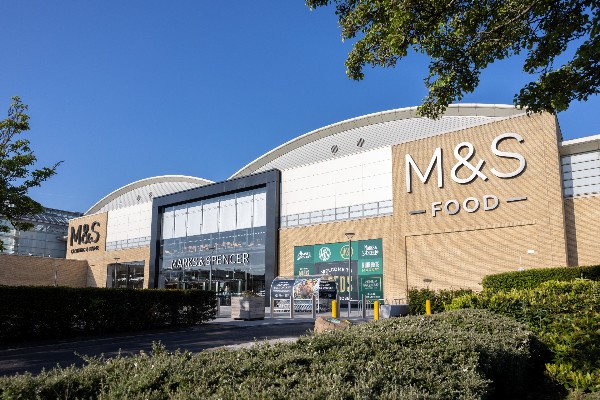
However, operating online comes with its own challenges, and as McClellan points out the competition is much fiercer.
“It’s quite simply easier to shop with different brands online as you can instantly check prices across different retailers.
“Being the best on price online is really important and having the best promotions available,” she says.
As loyalty becomes more fraught amid the cost-of-living crisis, retailers have stepped up their offers to retain and attract new customers.
“We’ve worked really hard [on loyalty], particularly to up our ante and not take it for granted that we are a massive industry brand and have a big reputation,” says Lynch.
“People naturally enjoy our Sparks program. We really worked hard to curate some individual experiences – there’s been a lot to test and learn.”
Earlier this year, M&S trialed a premium paid-for loyalty tier, Sparks Plus, where members could receive perks worth over £200 on top of existing Sparks benefits for a yearly fee of £120.
Improving the omnichannel experience is vital for a lot of retailers but for Boots, the physical store remains “really important” in the customer journey.
“That in-store interaction [for the beauty customer] is really important because they don’t trust the online tools we have at the moment,” says McClellan.
She points out how in-store workers are “really important” for consultations and product recommendations.
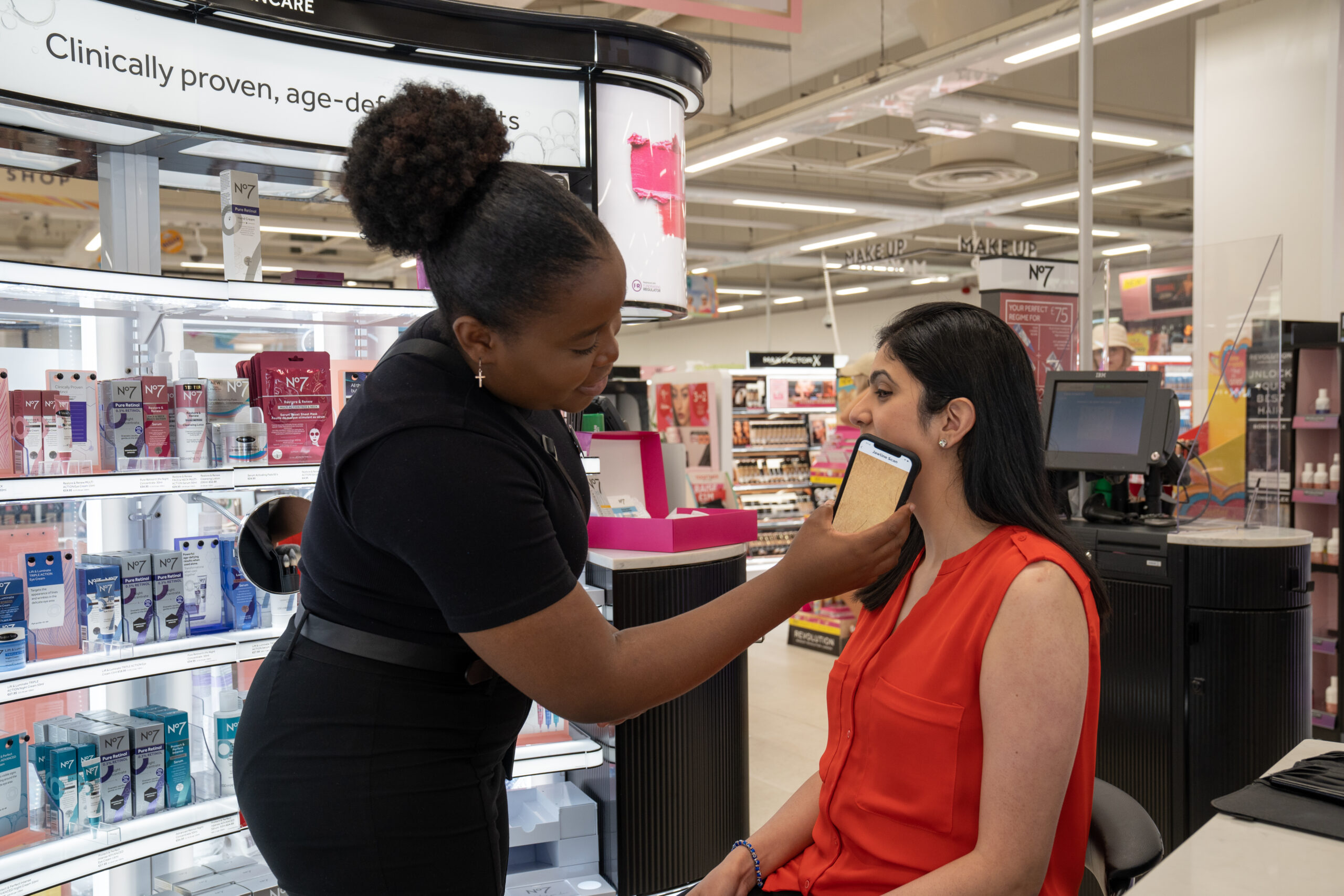
Solving the returns problem
The increasing rate of returns has become an ongoing bugbear for retailers. In fact, despite a drop in online sales, retail returns surged 26% last year as consumers tightened their belts amid the cost-of-living crisis.
Jigsaw chief executive Beth Butterwick says the returns problem is “all about cause and effect” and it can be solved by helping people to buy the right thing in the first place.
“We saw that ‘Amazon effect’ during Covid, where people had time at home and were ordered tons of Jigsaw product – and it was coming back. Things have died down since then.
“We have spent lots of time thinking about ‘does the photo look realistic?’, ‘have we described the right fabric and fit to make her buy the right thing to begin with?’.”
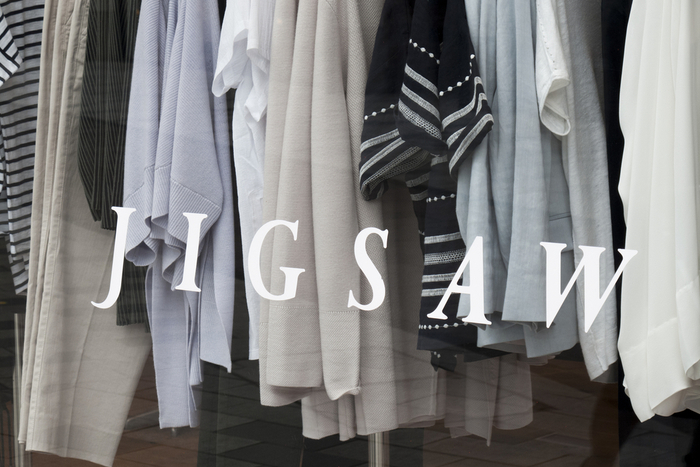
As part of its quest to cut down on returns, Jigsaw launched a concierge service with Harper where shoppers can get a wide array of clothes sent to their house to try-on before purchasing.
“Our average basket value is just under £200 online or £800 through the service and it’s about 30% conversion rate.”
Conversely, Immaculate Vegan – a sustainable fashion website – has disincentivised returns by introducing a charge to do so.
“We don’t do free delivery or free returns,” explains founder and chief executive Annick Ireland.
“To a degree, if we’re not doing free delivery then people can’t buy multiple sizes in one style and think they can send it back.
However, she says the retailer has included “as much information as possible” on product listings to encourage its shoppers to “make a considered purchase”.
At Next, Scott says that as 80% of returns are done in store, the returns process has to be “really slick”.
“We’ve generated cost efficiencies by using staff that work in stores during their quieter times to process the goods and absorb some of the costs that you would have paid for in your DC.
“It works brilliantly for fashion. Every unit of stock has a unique identifying code so that makes the whole process slick, in terms of handling it,” she says.
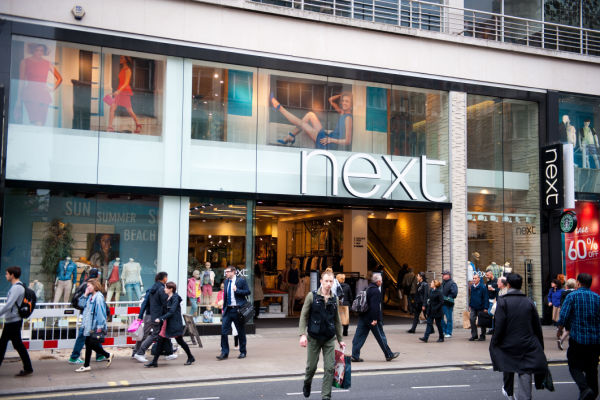
Price vs sustainability
Consumers have undoubtedly tightened their spending in the face of soaring bills and economic uncertainty, however, they are still environmentally conscious.
THG’s Rodrigues says the weight between sustainability over price “fluctuates” regularly.
He points out the group has seen “double digit growth” of the eco delivery option available on its platforms, which ensures the last mile of the delivery is completed on foot, by bike or electric vehicle.
Butterwick stresses that retailers have “a really big job to do on educating the customer on the value of price in quality”.
She says that Jigsaw was built on slow fashion – curated collections based on quality finishes instead of pumping out multiple seasonal and trendy collections.
However, she acknowledges that most consumers do not view products with durability and cost per wear in mind.
She does say that the Jigsaw customer is now thinking more about “wearing things in different ways” rather than buying new outfits.
The fashion retailer has upped its training with store staff on both the concept of slow fashion and on how to give styling advice to encourage rewear.
It seems the future consumer isn’t just encouraging retailers to rethink how they approach and engage customers, but also how they can improve their processes along the way.
Click here to sign up to Retail Gazette‘s free daily email newsletter

